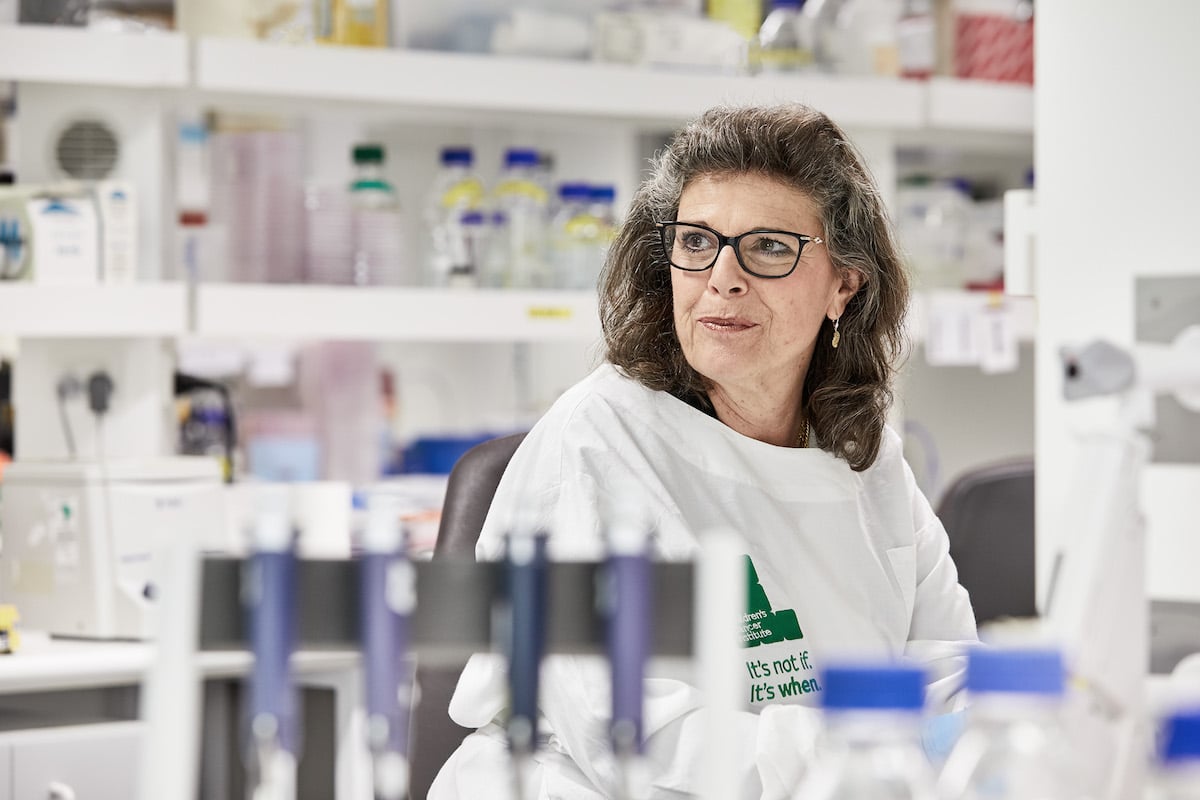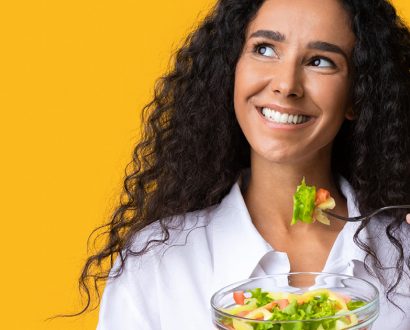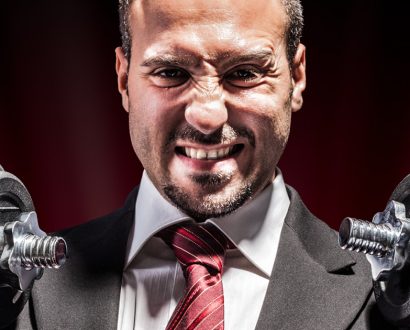The world is hyper-focused on COVID-19 and for good reason – the virus has created a global health crisis and its impact is felt by everyone. But for little ones battling childhood cancer, unfortunately, this trying time is much like any other.
The truth is, for many kids with cancer, any virus on any given day can be fatal. COVID-19 just adds another layer of complexity to the equation.
“As a result of the impact of COVID-19 on our fundraising events and activities, we have seen a significant downturn in our income, which means many of our life-saving research programs are at risk of being curtailed,” says Professor Michelle Haber AM, Executive Director, Children’s Cancer Institute (pictured). “These programs are saving the lives of children who are fighting cancer right now, and as such, these programs simply have to continue. Cancer does not stop, and I assure you, neither will we.”
“As the only independent medical research institute in Australia solely dedicated to childhood cancer, it is vital we carry on our critical mission of curing every child of this devastating disease.”
– Michelle Haber
The Children’s Cancer Institute’s Minimal Residual Disease Program, for instance, helps to identify children with acute lymphoblastic leukaemia, the most common childhood cancer, who are at highest risk of treatment failure, so that their treatment can be intensified to give them the greatest chance of survival. During a 10-year clinical trial in partnership with the Kids Cancer Centre at Sydney Children’s Hospital, this program helped double the survival rate for children with high-risk leukaemia, from 35% to more than 70%.
And, then there’s the world-leading Zero Childhood Cancer Program, also run in partnership with the Kids Cancer Centre. It uses the latest technology to identify personalised treatments for children with high-risk cancer from around the country based on the biology and genetics of each individual child’s cancer.
May is Brain Cancer Awareness Month. Sadly, brain cancer kills more children than any other cancer due to its location in the body and lack of treatment options. At Children’s Cancer Institute, brain cancer research teams are facing these challenges head on to give hope to children with this disease.
As it stands now, more than 1,000 children and adolescents are diagnosed with cancer each year in Australia. And, heartbreakingly, an average of three children and adolescents will die from cancer every week. To the Institute, that’s three too many.
That’s why it’s on a mission to eradicate childhood cancer for good. But it can’t do it alone. Regular donations are the backbone of the Institute’s funding.
“Right now, we need your support more than ever to continue this critical research,” Michelle says. “This week, 20 Australian families will find out their child has cancer. As the only independent medical research institute in Australia solely dedicated to childhood cancer, it is vital we carry on our critical mission of curing every child of this devastating disease.”
Even though many fundraising events have been cancelled due to COVID-19, with a little ingenuity and some help from technology, clever remote events can still take place to help raise the much-needed funds for research to continue.
The immensely popular CEO Dare To Cure is one such event that’s set to continue this year. Coming up on October 23, it truly puts the “fun” in fundraising. Here, business leaders from every industry come together and step outside their comfort zones, taking on dares like jumping into an athlete’s ice bath and walking on hot coals to raise money to support the Institute. Last year, the event raised more than $650,000.
To make a direct donation to Children’s Cancer Institute, click here.







